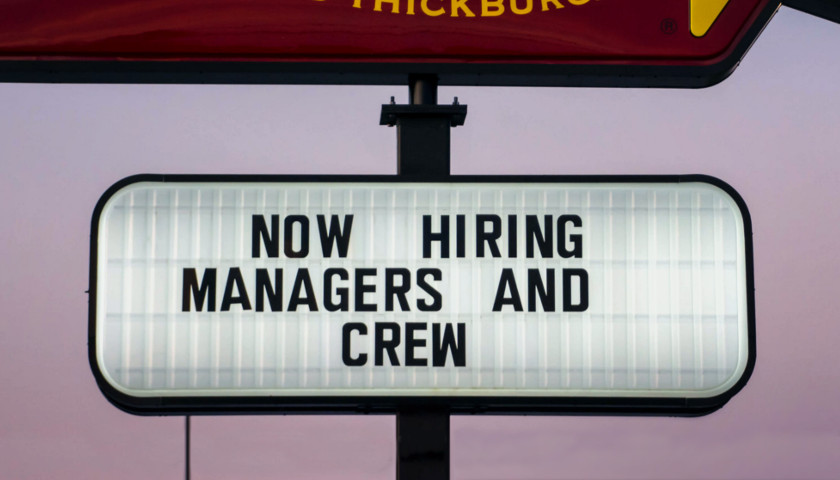by Kimberly James
Connecticut’s labor force is shrinking while the number of available jobs continues to rise, one labor expert said.
Chris DiPentima, who serves as president and chief executive officer of the Connecticut Business and Industry Association, said the state’s labor situation has entered crisis mode.
“Our labor shortage is a full-blown crisis – we have 110,000 job openings, yet our labor force has declined by more than 80,000 people since the beginning of the pandemic, represent an astonishing 14% of the national labor force decline and 46% of the northeast labor force decline,” DiPentima told The Center Square.
The labor force is defined as those actively looking for work. Connecticut is just 1% of the population
“All this results in an unemployment rate of 5.3%, which is sixth highest in the country,” he said. “If every unemployed Connecticut resident found a job today, we’d still have 18,100 open jobs to fill.”
All industries across all sectors are currently being impacted.
“Service sector jobs and health care continue to see the largest shortages,” DiPentima said. “It’s particularly acute in highly-skilled, high-paying sectors such as financial activities, information, and manufacturing.”
DiPentima said that because so many open jobs are going unfilled, Connecticut’s economy is not recovering as quickly as it could or should.
According to CBIA, Connecticut has “weathered the pandemic better than most states and has one of the highest vaccination rates in the country” yet continues to face this employment dilemma. Some contributing factors include COVID-19 safety concerns, child-care availability, and an ever-aging workforce.
“If we are unable to fill these open jobs, then the demand that Connecticut businesses have today will be filled somewhere else tomorrow,” DiPentima said. “Customers will move the demand to businesses in other states that have the capacity or Connecticut businesses expand out of state where the workforce crisis is not as significant.”
DiPentima said the tax hikes on residents in businesses over the last decade caused many businesses to fill demand outside of Connecticut.
“This led to minimal population and GDP growth in Connecticut as well as the state being near the bottom of the country in job and personal income growth,” DiPentima said. “These same negative economic results will repeat over the next decade if we cannot fill the jobs to meet the demand.”
– – –
Kimberly James is a contributor to The Center Square.
Photo “Now Hiring” by Mr. Blue MauMau. CC BY 2.0.








